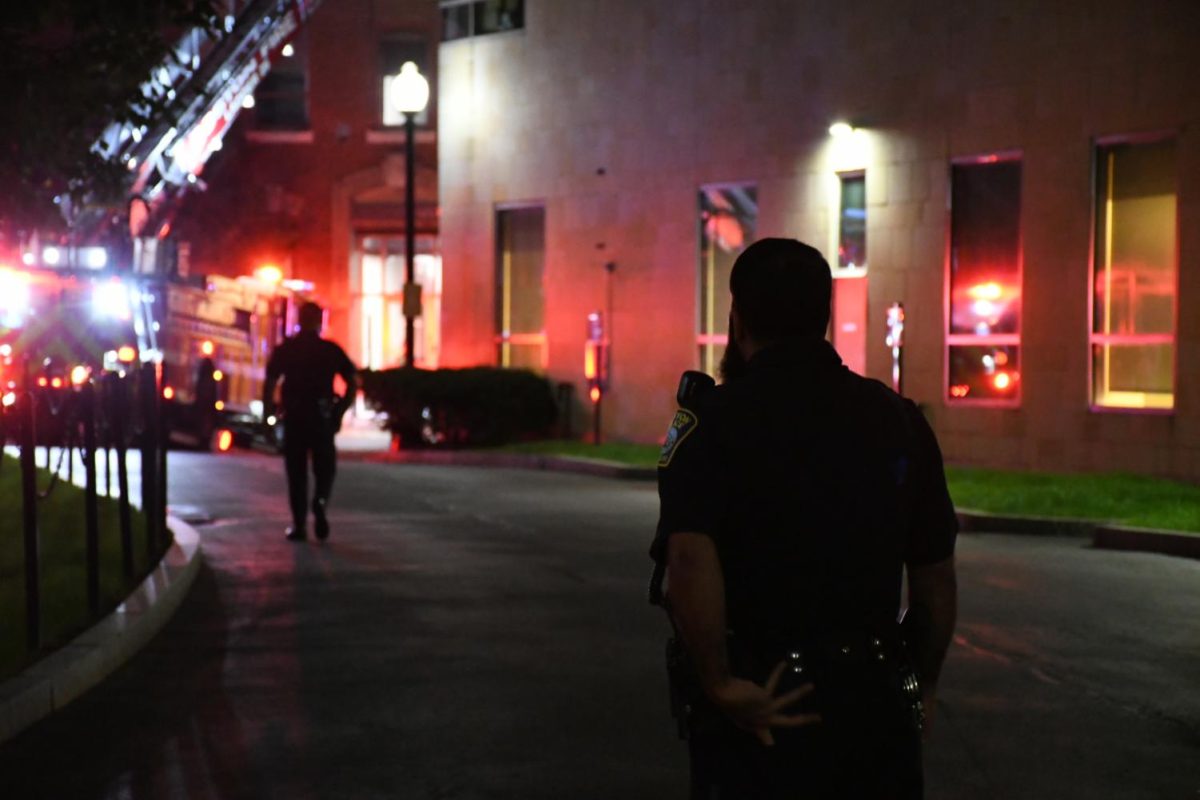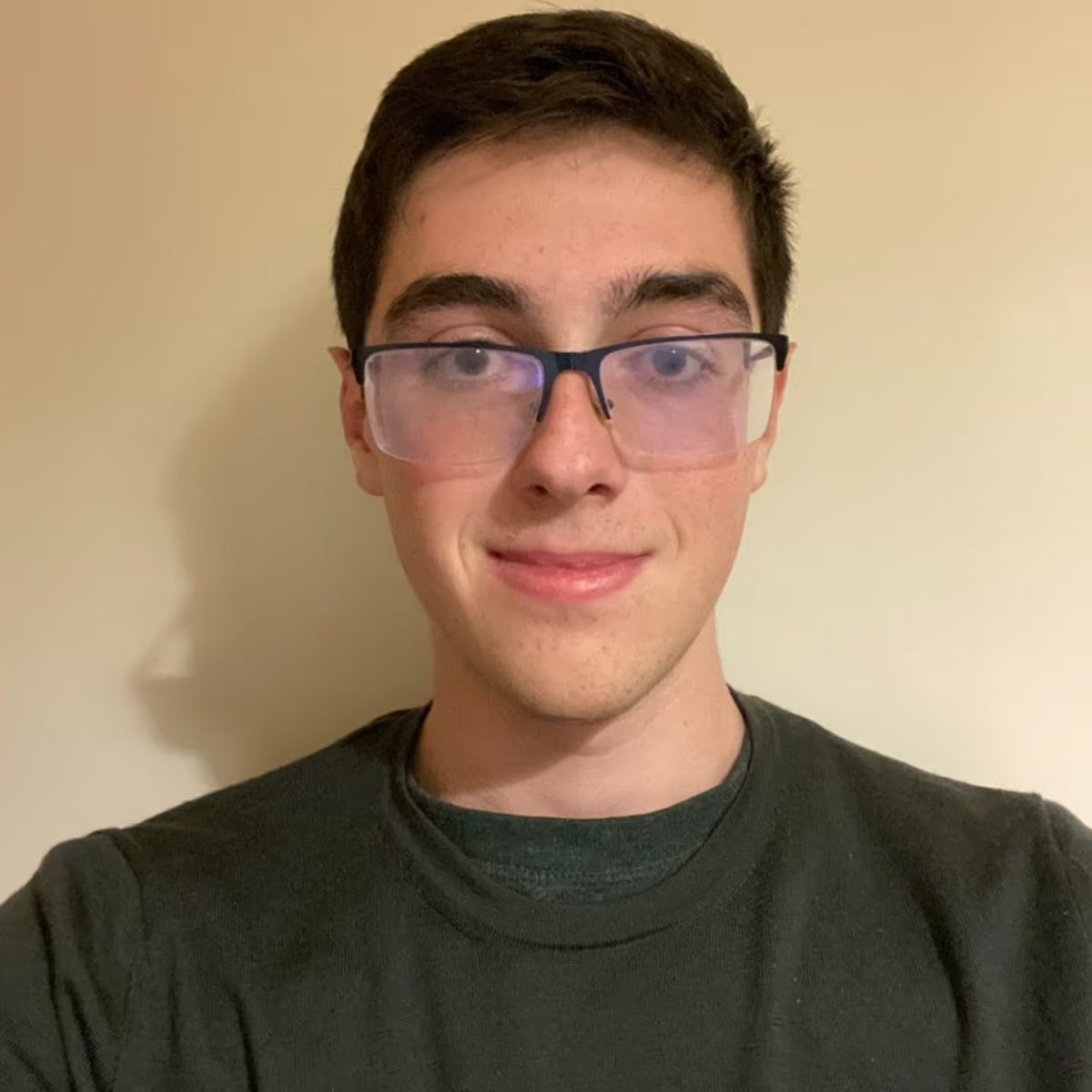Recent jump in funding to cause reform
By Kaitlin Robidoux, News Correspondent
Northeastern received $81.9 million in research grants this year, a $14.7 million jump from the last academic year. Research on campus, stressed President Joseph Aoun in his State of the University Address, is an important factor in the university’s growth.
“Northeastern research has been a success story,” said Michael Armini, senior vice president of external affairs. “Four years ago, government backed funding for research [at Northeastern] was at around $44 million. … Today, that number has almost doubled to $82 million.”
This has been in conjunction with President Aoun’s push for research and plans for such programs to continue to grow.
“To expand the dramatic success of our research enterprise, we will create a pipeline of new interdisciplinary research programs that deepen our work in our signature research areas, and encourage more interdisciplinary faculty collaborations,” he said in a letter on the Northeastern website.
Professors who conduct research that focuses on a specific topic, like cancer-fighting drugs, receive the largest grants.
Because of the recent increase in grants given to the university, the allocation and moderation of the grant money being spent is set to change, as dictated by the Faculty Senate.
During yesterday’s meeting, the Faculty Senate addressed time limitations on grant distribution and the expenditure of indirect costs. Indirect costs make up the portion of a grant controlled by the university, not the principal investigator, which is the researcher in charge of the project.
The first resolution, suggested last year by the committee for research policy oversight, said money issued to principal investigators and placed in lapsing accounts had a fixed expiration date of two years. After the grant’s expiration date, the investigator can no longer access the account.
Carole Hafner, a member of the Faculty Senate, proposed an amendment to the resolution. She said two years for any research proposal was too short of an amount of time to bring a research project to fruition.
“I would like to propose to the resolution the amendment that says lapsing accounts with a fixed expiration date of four years after the end date of the grant,” Hafner said. “That’s much more reasonable. Four years after your grant ends, if you can’t get your act together to get another grant then you’re going to be out of luck.”
The faculty at the senate meeting agreed with Hafner’s assertion that two years was too short to set an expiration date on a principle investigator’s lapsing account.
Faculty Senate member Terrence Gaffney proposed an addition to Hafner’s amendment. It included the option for the principal investigator to negotiate the four-year expiration date of a research proposal.
Gaffney’s addition stated the amendment should contain a “fixed expiration date of four years after the expiration of the grant period with the option of negotiating a waiver with the dean of the college with which the principal investigator is behind.”
The senate voted and passed the amendment with the addition of a negotiating waiver.
The other three resolutions presented at yesterday’s meeting were postponed until the next meeting because of some confusion among Senate members about what exactly the new guidelines would entail. The resolutions will act as guidelines governing how and where research is conducted. They will be discussed based on recommendations by last year’s research policy oversight committee.
These resolutions address the establishment of guidelines for indirect cost returns. They also address the restoration of the Faculty Incentive Program to promote the selection of productive research faculty for the grants, and the motion to establish understandable criteria for research units. This includes laboratories, research centers and institutes.
Mel Bernstein, vice-provost of research, will be at the next meeting Nov. 3 to present an overview of information needed to ensure that all faculty members understand the implications of the decision.
Bernstein said it is important for people to understand the definitions and to be able to differentiate between indirect costs and cost sharing.
“The danger with indirect costs is that it could be interpreted as money that was argued and negotiated on one person to be used in another place,” Bernstein said.








